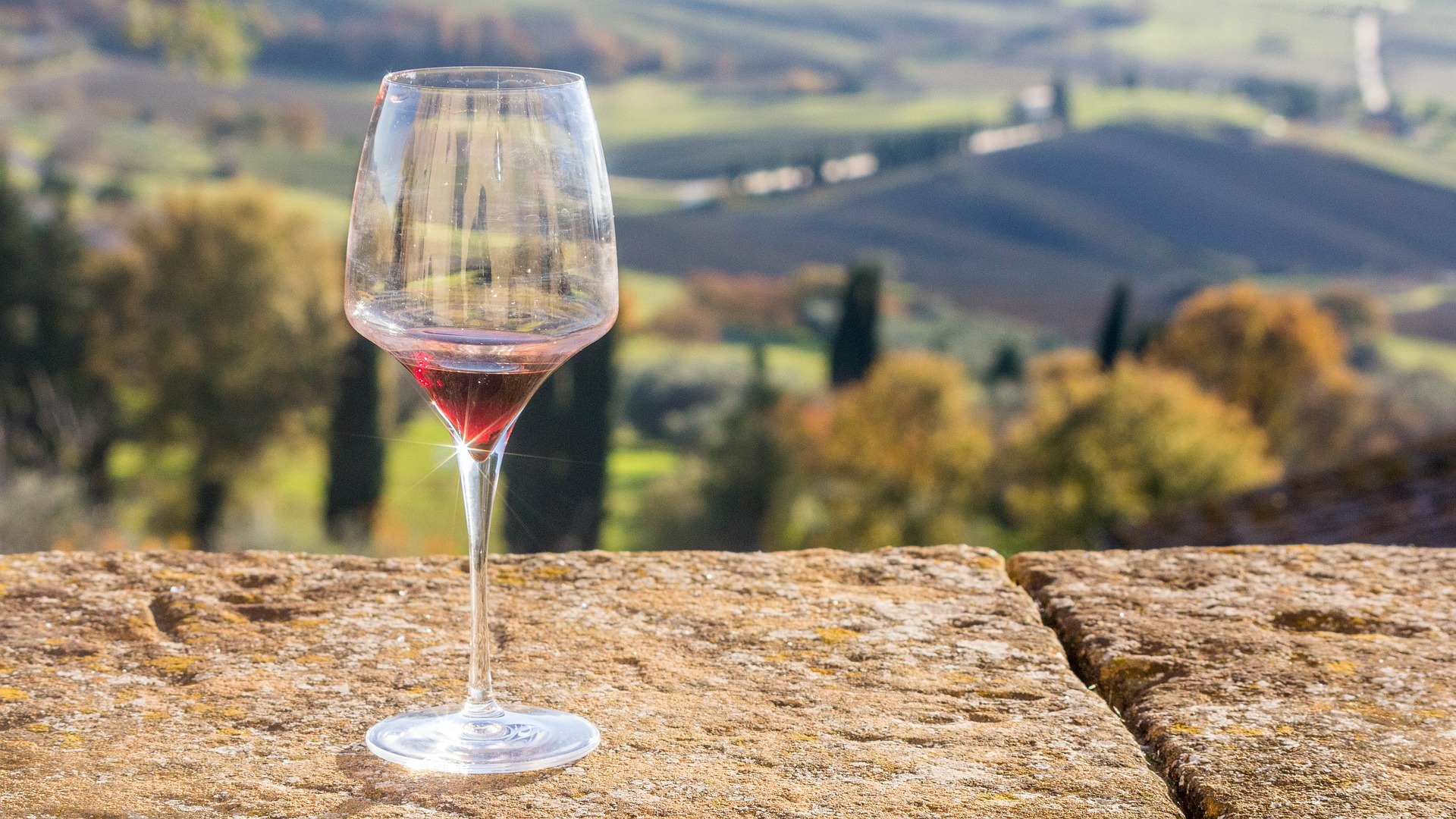The Chianti wines are produced in the hills of Tuscany, which have been known for their vineyards since Etruscan times. The name “Chianti” is not protected. It can refer to any Italian wine from this region, even if it is low-quality or has many other grapes than Sangiovese. You should buy chianti wine; it is worth it!
Chianti wines produced inside the Chianti Classico zone are entirely different. There is a huge difference between these and those coming from other parts of Tuscany, such as Carmignano or Montalcino.
The main characteristics that distinguish Chianti wines from other Tuscan wines are:
– The use of the Sangiovese grape (at least 85%)
– A minimum aging period of six months, of which at least three must be on the lees
– No addition of other types of wine or grapes is allowed except for a small percentage of white wine if it is destined for Rosso di Chianti
– A maximum yield of 50 hectoliters per hectare.
This is how the Italian DOCG regulations define a typical Chianti wine, but it must be said that not all wines produced in Tuscany meet these requirements, and they are sold as ordinary table wines.
Despite this, many people consider all Chianti wines as being of very high quality and, in particular, the ones coming from the Classico zone.
The different types of Chianti wine are:
– Chianti DOCG: this is the basic designation and can be used on wines coming from anywhere in Chianti.
– Chianti Classico DOCG: this is a more specific designation and can only be used for wines coming from the Chianti Classico zone.
– Chianti Riserva DOCG: this is a higher-quality designation and can be used for wines from any part of Chianti.
In conclusion, Chianti wines are a true symbol of Tuscany, and, as such, they deserve to be included in our wine tours.
